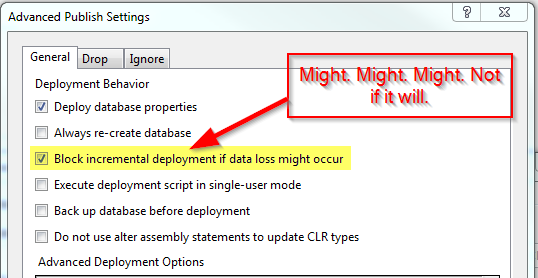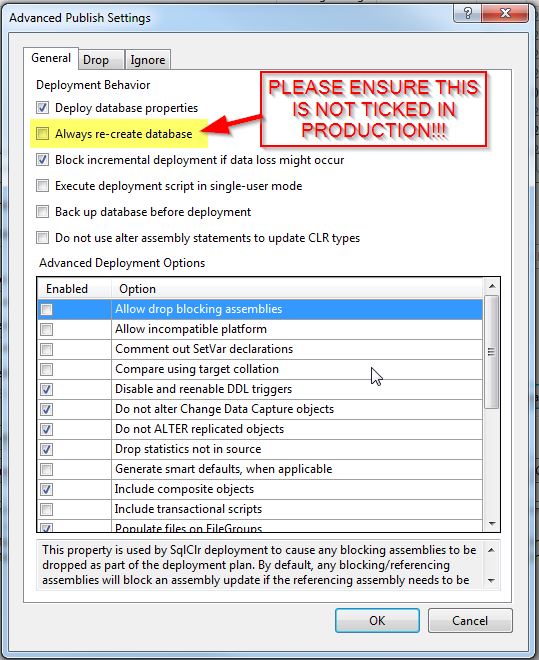At the time of writing, a 2 pack of SQL Server 2016 Enterprise Core licenses is around the $15,000 mark. Given that many installations are now set up in three node Availability Groups, this means that 2 core licenses for your Availability Group will be setting you back $30,000 (so long as you aren’t using the third node for anything other than DR purposes).
The reason I bring this up, is that there is an intrinsic cost benefit to performance tuning. Imagine a SQL Server that is running with hot CPU, and on analysis, you see that there are a bunch of poorly performing queries doing lots of parallel table scans. By tuning those queries, you can bring the CPU down, and then potentially remove the CPU cores from the server itself – thus saving you a packet on your license cost.
Furthermore, spending a bit more on disk subsystems or more RAM can quite easily have a very positive effect on CPU usage – more data in RAM means less CPU required to pull those data pages from disk (and wait while your disk subsystem carries this out at sub optimal speeds) thus reducing your CPU footprint. Even if you can only reduce your CPU by a 2 pack, $15,000 buys you a lot of RAM and disk.
So, next time you hear someone saying they don’t have time to performance tune, or don’t see the value in performance tuning, remind them the cost of those core licenses!




